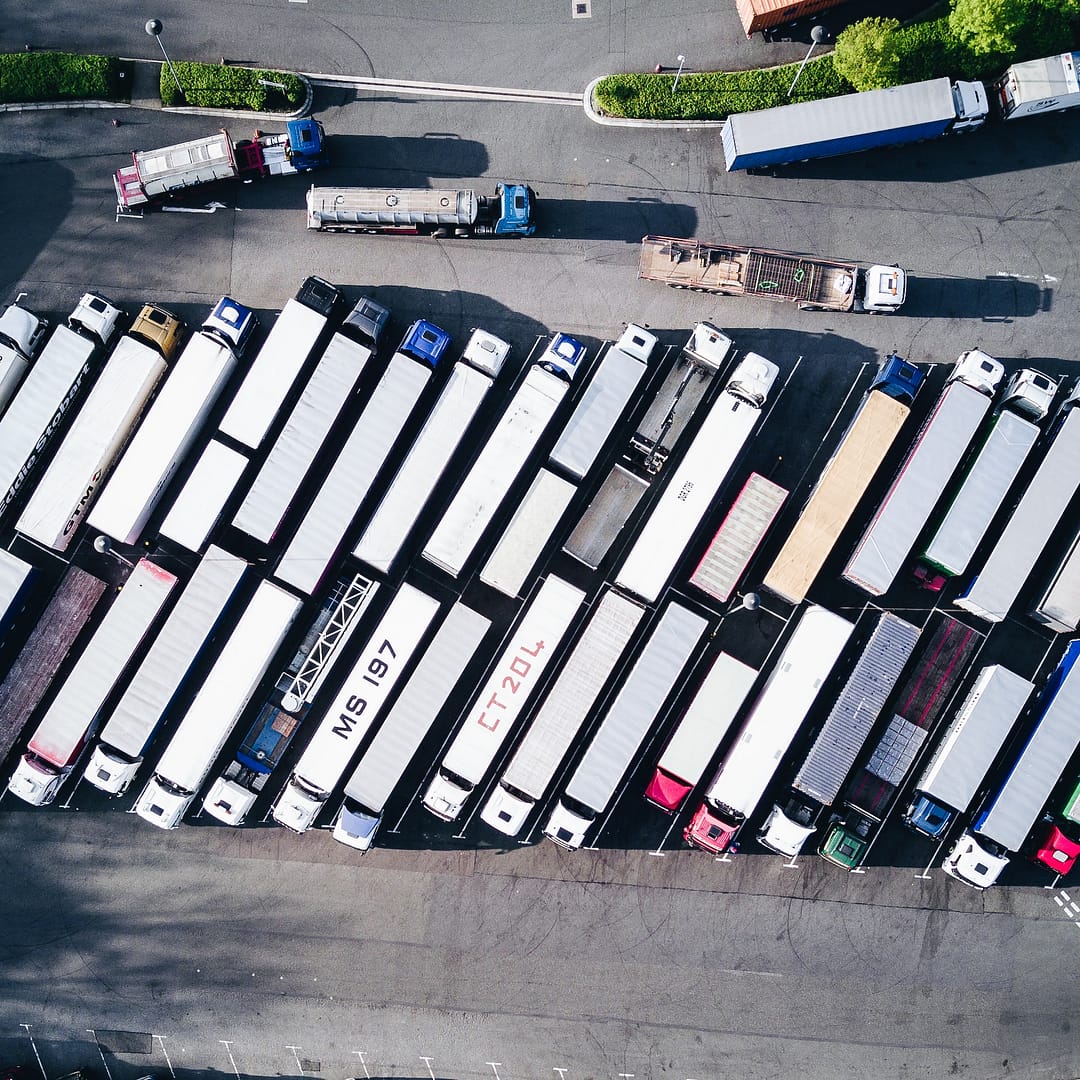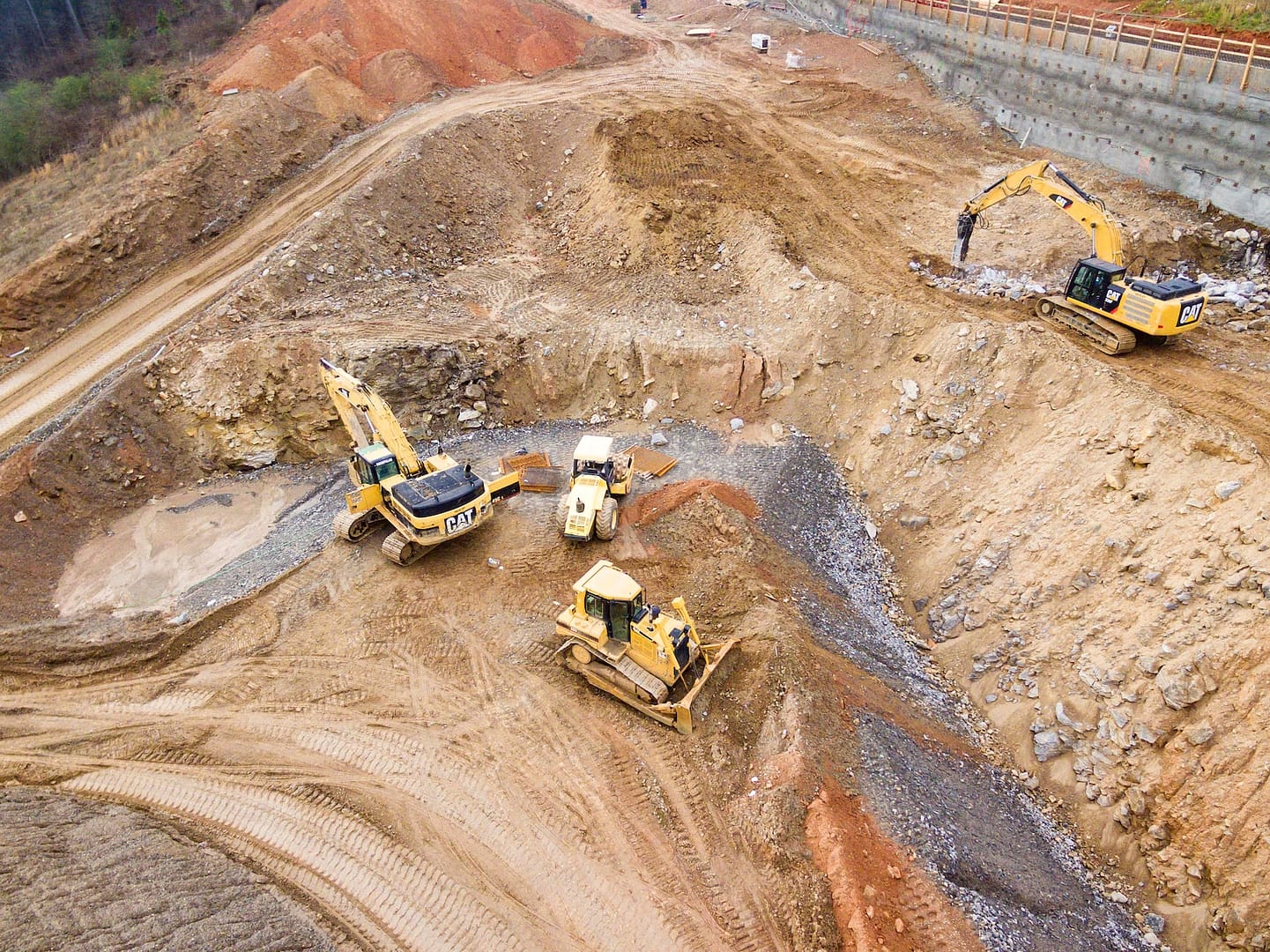In the bustling realm of modern industry, where wheels turn, engines hum, and goods flow ceaselessly, the term “workplace transport safety” is more than just a buzzword—it’s a matter of life and limb. Every day, countless workers around the world engage in activities that involve the movement of vehicles and machinery within their workplaces. From bustling warehouses to sprawling construction sites, the risk of accidents involving workplace transport is a very real and pressing concern. So, what is workplace transport safety, and why should it matter to you? In this article, we will delve into the intricacies of this crucial aspect of workplace safety, exploring its definition, components, and the importance it holds in keeping us safe on the job. Find out more about the process of making an accident at work claim.
What is Classed as Workplace Transport?
Before we dive headfirst into the world of workplace transport safety, let’s first establish what is categorised as workplace transport. Workplace transport encompasses a broad range of activities involving the movement of vehicles and equipment within a workplace, which includes factories, warehouses, construction sites, and even office complexes where vehicle movement is a part of daily operations.
To put it simply, if your job involves the use of vehicles such as forklifts, trucks, cranes, or even smaller equipment like pallet jacks or electric carts within the confines of your workplace, you are directly engaged in workplace transport. These activities might not always be obvious, but they are essential cogs in the machinery of a functional workplace. Whether it’s a forklift operator in a bustling distribution centre or a construction worker manoeuvring heavy machinery on a building site, these individuals are all part of the tapestry of workplace transport.
Now that we have a clear understanding of what constitutes workplace transport, let’s venture further into the world of safety measures that accompany it.
What Makes up Workplace Transport Safety?
Workplace transport safety is a multifaceted concept that revolves around a core principle: ensuring the safe movement of vehicles and machinery in a work environment to protect the lives and well-being of those involved. It encompasses a wide array of strategies, protocols, and safety measures aimed at minimising the risk of accidents and injuries related to workplace transport. Let’s explore the key components that make up workplace transport safety.
Vehicle Inspection and Maintenance
The foundation of any workplace transport safety program lies in the condition of the vehicles themselves. Regular inspection and maintenance are paramount to ensuring that vehicles are in optimal working condition. From checking the brakes and steering to examining lights and tires, routine inspections help identify and rectify potential issues before they escalate into safety hazards.
Operator Training and Certification
Just as a ship requires a skilled captain to navigate through treacherous waters, workplace transport vehicles need trained operators to navigate through the challenges of the workplace. Ensuring that operators are adequately trained and certified is a critical aspect of workplace transport safety. This involves comprehensive training on vehicle operation, safety protocols, and emergency procedures.
Traffic Management and Designated Routes
Imagine a workplace without clear lanes, traffic signs, or rules of the road. Chaos would reign, and accidents would be inevitable. Effective traffic management and designated routes help streamline the flow of vehicles and pedestrians within the workplace, reducing the risk of collisions and mishaps.
Safety Equipment and Gear
Personal protective equipment (PPE) plays a pivotal role in workplace transport safety. Operators and pedestrians alike must don appropriate safety gear such as high-visibility vests, helmets, and safety shoes to enhance their visibility and protection.
Communication and Signage
Clear communication is essential in any workplace, and it’s no different in the realm of workplace transport safety. Signage, signals, and communication systems help convey important information to operators and pedestrians, keeping everyone informed and aware of potential dangers.
Emergency Response Plans
Despite all precautions, accidents can still happen. Having well-defined emergency response plans in place is crucial to swiftly and effectively address accidents or incidents involving workplace transport. These plans include procedures for reporting accidents, providing first aid, and ensuring that the scene is secure.
Continuous Monitoring and Improvement
Workplace transport safety is not a static concept; it’s a dynamic process that requires continuous monitoring and improvement. Regular safety audits, feedback mechanisms, and incident analysis help identify areas where safety measures can be enhanced, ensuring an evolving culture of safety.
The Importance of Workplace Transport Safety
Now that we’ve outlined the various components of workplace transport safety, you might wonder why it’s so vital. The importance of workplace transport safety cannot be overstated, and it extends far beyond mere compliance with regulations. Here’s why it matters:
Human Lives are at Stake
At the heart of workplace transport safety is the preservation of human lives. Every worker who operates or works near vehicles and machinery deserves to return home safely to their loved ones at the end of the day. A commitment to workplace transport safety is a commitment to valuing human life above all else.
Avoiding Injuries and Fatalities
Accidents involving workplace transport can result in a wide range of injuries, from minor cuts and bruises to severe, life-threatening conditions. By implementing robust safety measures, workplaces can significantly reduce the risk of accidents, minimising both human suffering and financial liabilities.
Legal and Financial Consequences
Failing to prioritise workplace transport safety can have severe legal and financial repercussions for employers. Regulatory bodies enforce strict guidelines and standards, and non-compliance can lead to fines, legal actions, and reputational damage that can harm a business’s bottom line.
Enhancing Efficiency
While safety should always be the top priority, it’s worth noting that a safer workplace is often a more efficient one. By minimising accidents and disruptions caused by incidents, workplaces can operate more smoothly, leading to improved productivity and reduced downtime.
Building a Culture of Safety
Prioritising workplace transport safety helps build a culture of safety within an organisation. When employees see that their well-being is paramount, they are more likely to adopt safe practices and encourage their peers to do the same. A culture of safety benefits everyone involved.
Incorporating workplace transport safety into the DNA of a workplace isn’t just a regulatory requirement; it’s a moral and ethical imperative that shapes the way we work and interact within our professional environments.
Making an Accident at Work Claim with National Claims
At National Claims, we understand the significance of workplace transport safety. We’ve seen firsthand the devastating consequences that accidents in the workplace can have on individuals and their families. Our mission is to provide support and guidance to those who have been affected by workplace accidents, including incidents involving workplace transport.
If you or a loved one has been injured in a workplace transport accident, you may be entitled to make an accident at work claim. Our team of experienced solicitors specialises in workplace accident claims and can help you navigate the process with ease.
Here’s how the process typically works when making an accident at work claim with National Claims:
Free Consultation
We offer a free initial consultation to assess the details of your case. During this consultation, we’ll listen to your story, ask relevant questions, and provide an initial assessment of the viability of your claim.
Gathering Evidence
Once we’ve taken on your case, our team will work diligently to gather all necessary evidence. This may include witness statements, accident reports, medical records, and any other documentation relevant to your claim.
Legal Guidance
Our panel of experienced solicitors will provide you with clear and concise legal guidance regarding your claim. They’ll explain your rights and options, ensuring that you have a thorough understanding of the claims process.
At National Claims, we are committed to supporting individuals who have suffered due to workplace accidents. Our panel of dedicated solicitors has a proven track record of success in securing compensation for our clients, helping them regain their financial security and peace of mind.

Conclusion
In the grand tapestry of workplace operations, workplace transport safety emerges as a fundamental thread—a thread that, if pulled carefully and consistently, can help ensure the well-being of every individual who steps foot into the world of industry. It’s a concept that encompasses everything from vehicle maintenance to emergency response plans, from clear communication to operator training.
In the end, workplace transport safety isn’t just a checklist of rules and regulations; it’s a promise—an unwavering commitment to protecting human lives and preserving the dignity of every worker. It’s a promise that resonates in the hum of a forklift’s engine and the careful manoeuvring of a crane’s load. It’s a promise that we must uphold, day in and day out, as we navigate the bustling world of industry.
So, the next time you see a forklift operator deftly navigating through a busy warehouse or a construction worker skilfully manoeuvring heavy machinery, remember the promise of workplace transport safety—the promise that allows them to work with confidence, knowing that their safety is a top priority. In the end, it’s a promise that binds us all, uniting us in our shared commitment to safeguarding lives in the workplace. And if, despite all precautions, an accident does occur, know that National Claims is here to support you on your journey to recovery and justice.
Contact us today to get a start on your accident at work claim and to find out more by speaking to one of our claims specialists.
Click below to see why we are one of the most trusted claims management companies in the UK.

We’re proud of our excellent customer reviews
We thrive on delivering exceptional service and ensuring our clients’ satisfaction. Don’t just take our word for it. Check out some of our independent reviews to see what our clients have to say.
Excellent

This firm is excellent, they sorted out my car pay out and injury claim very fast, they always communicate with you all the time.

My accident case was dealt with confidence and with great result of the outcome, especially James kept me informed all the time.

I was very impressed at the way my inquiry was treated. I was listened to attentively and everything I needed to know was explained to me.






